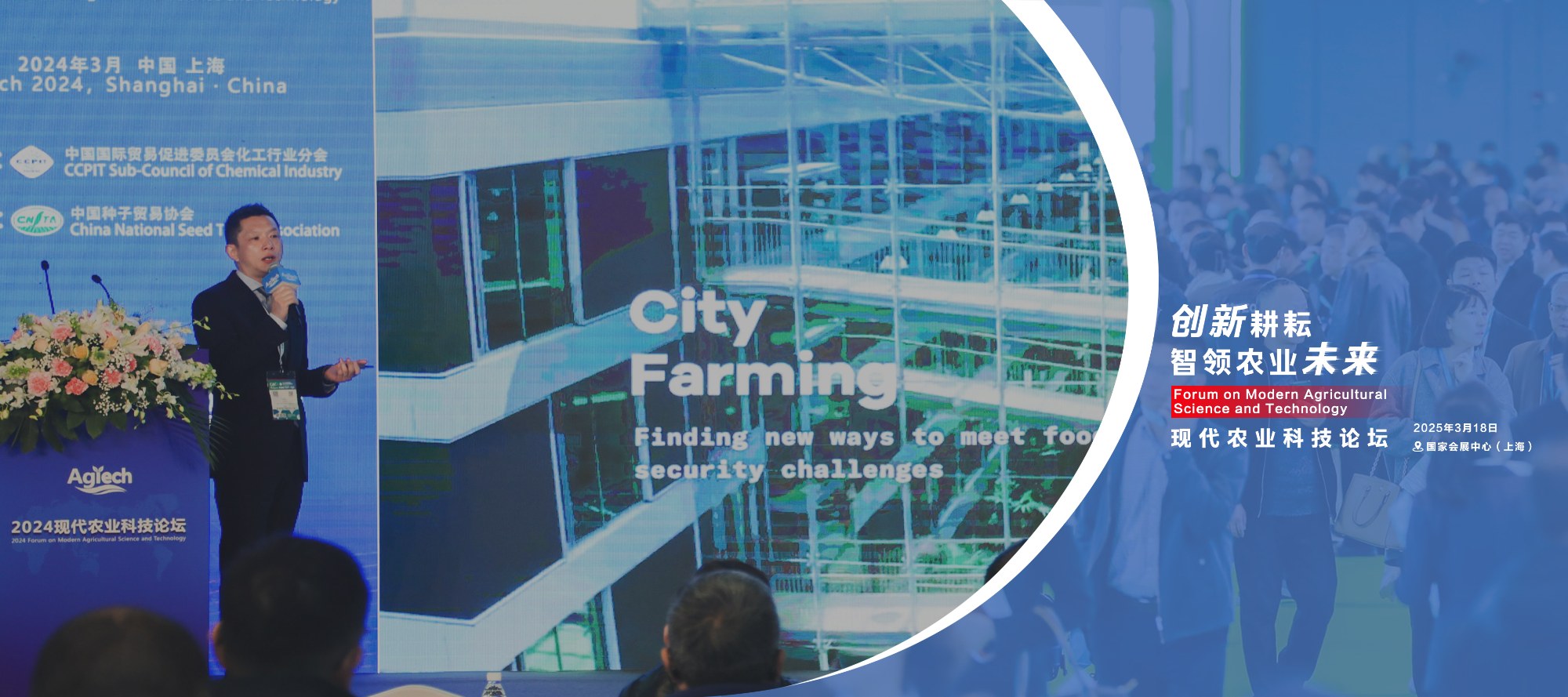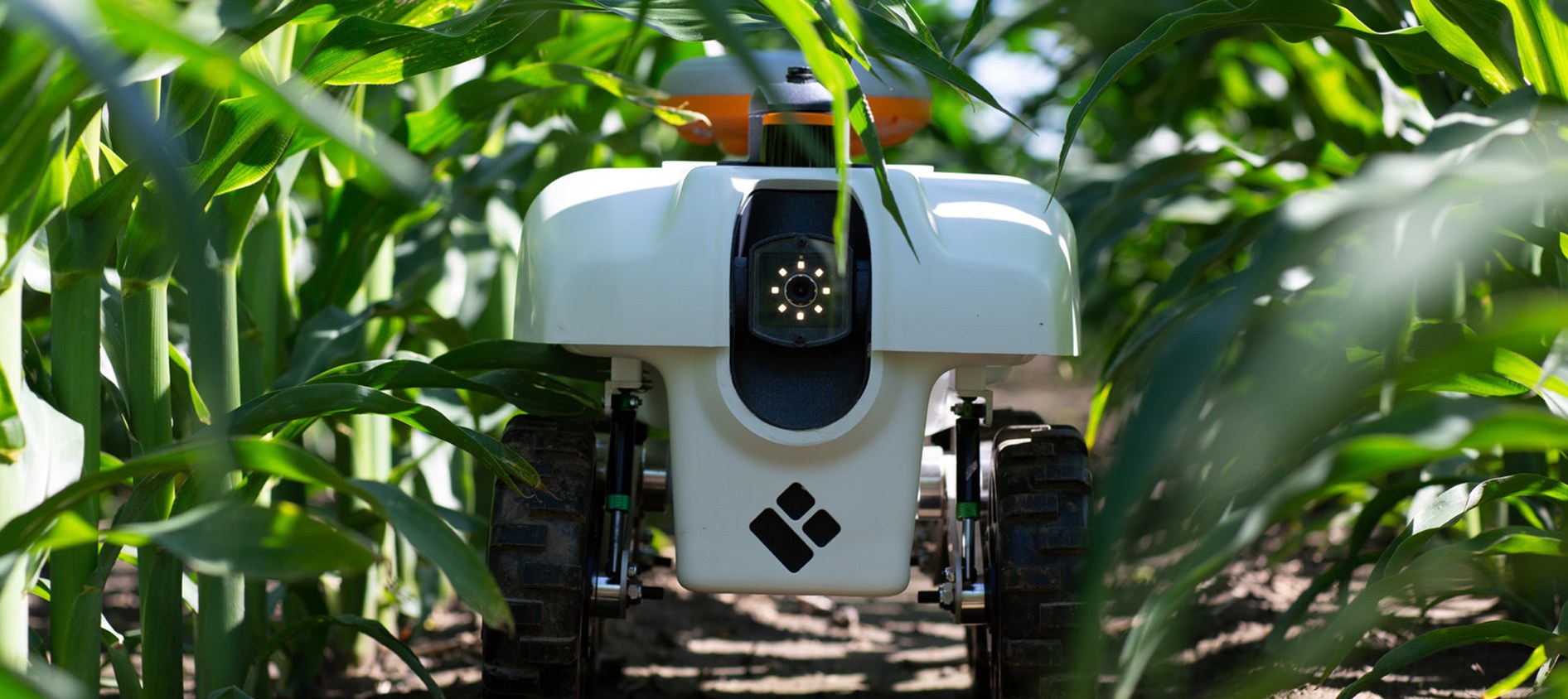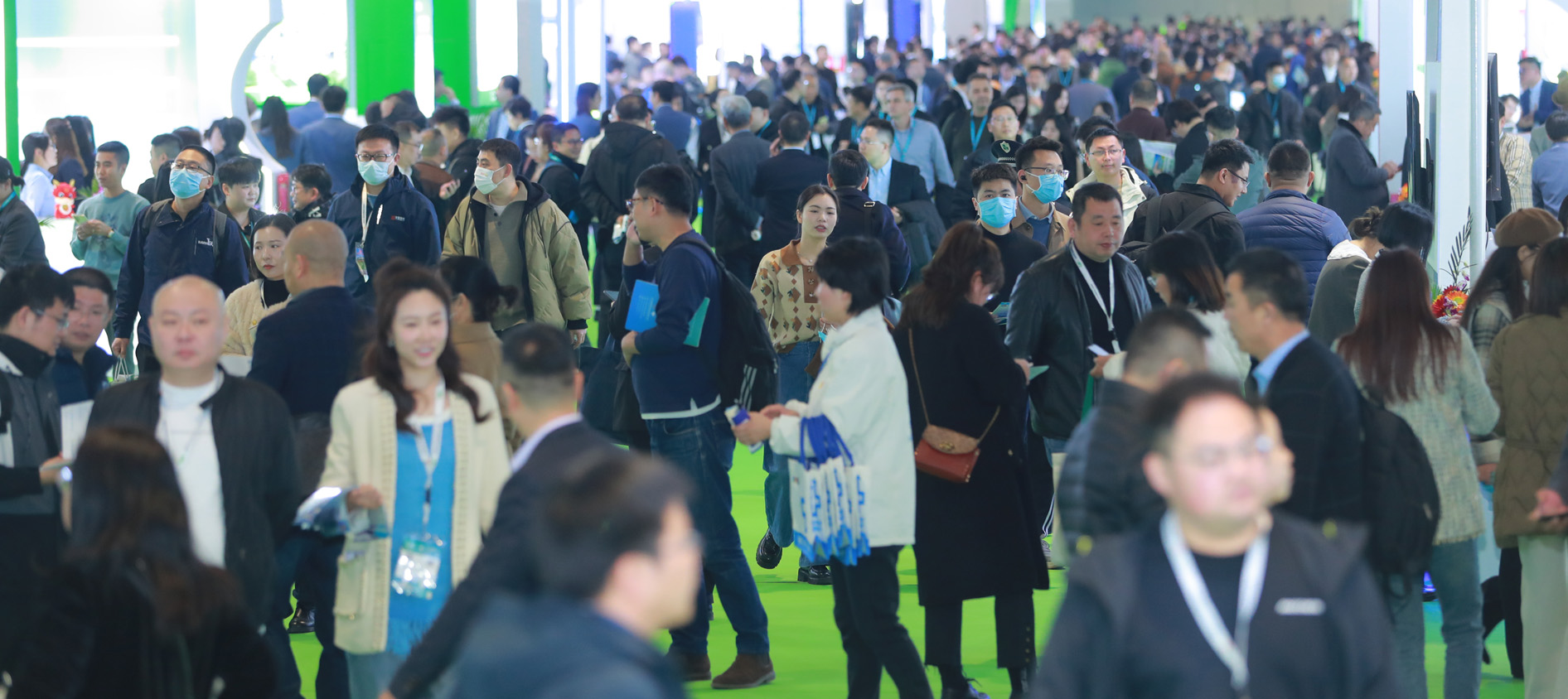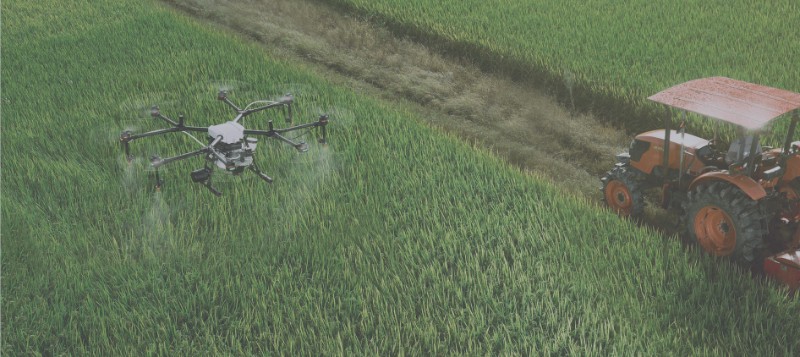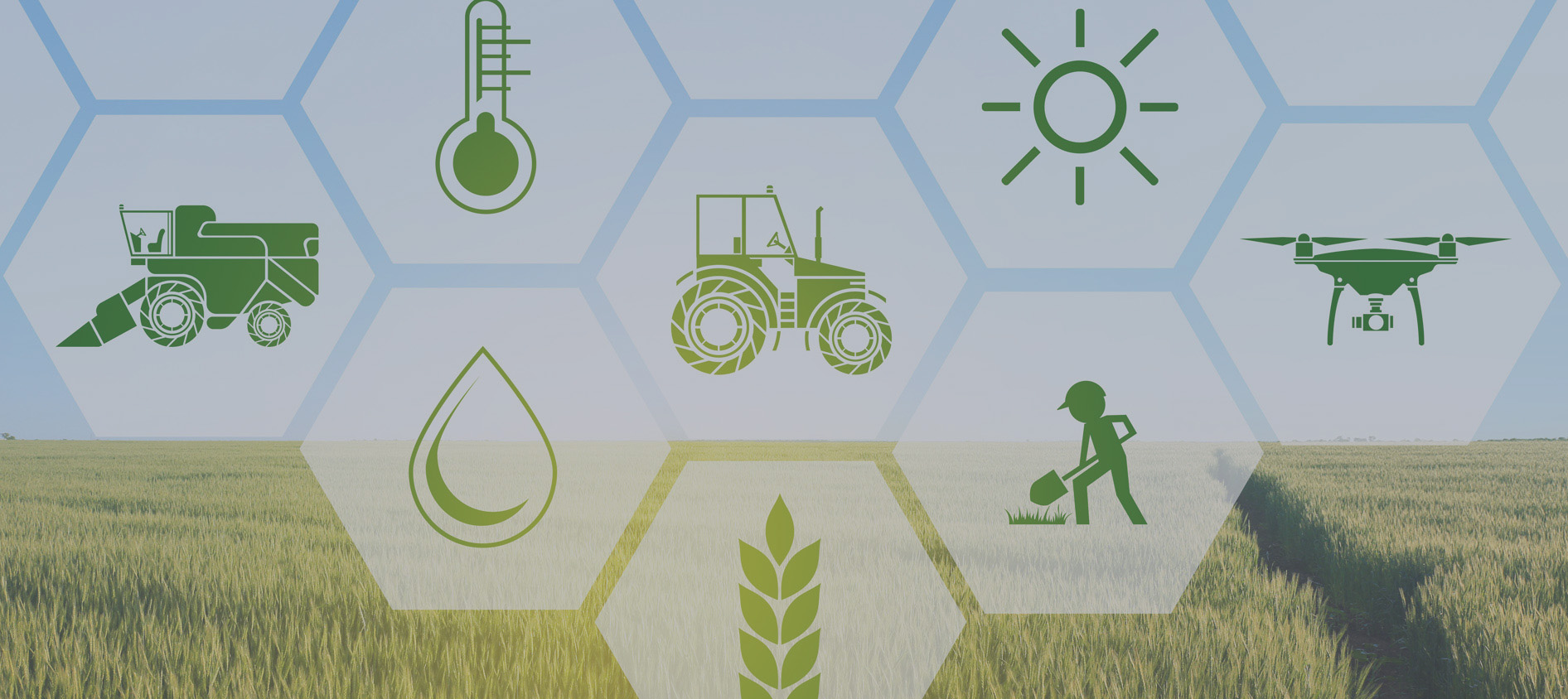Farming in Russia: Navigating Vast Potential and Modern Challenges
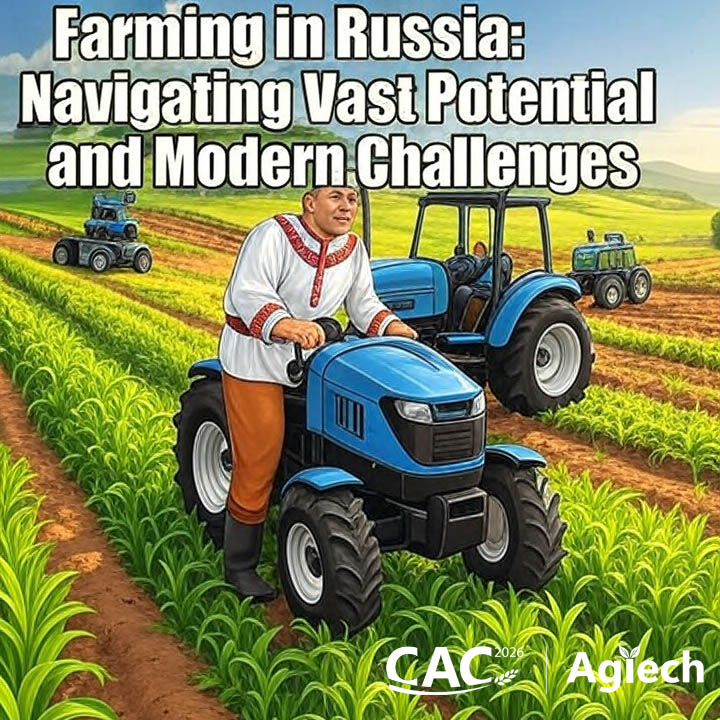
Introduction
Russia, the world's largest country by landmass, possesses an extraordinary agricultural endowment: approximately 220 million hectares of farmland, enough to theoretically feed two billion people according to the Food and Agriculture Organization (FAO). Agriculture plays a pivotal role in the Russian economy, contributing around 3.4% to GDP in recent years and employing about 5.5% of the workforce. Despite harsh climates and historical upheavals, the sector has rebounded strongly since the 2000s, driven by state support, import substitution policies, and export ambitions. In 2025, as Russia aims to exceed 60 million tons in grain exports, farming stands at a crossroads—balancing geopolitical pressures, technological innovation, and environmental shifts to secure food sovereignty and global influence.
Historical Evolution
Russian agriculture's roots trace back to the Soviet era, where collectivized farms (kolkhozy and sovkhozy) dominated production but suffered from inefficiency and low yields. The 1991 dissolution of the Soviet Union triggered a decade of crisis: arable land shrank by 25%, livestock halved, and fertilizer use plummeted, leading to a sharp production decline. By the early 2000s, gradual reforms—land privatization, subsidies, and market liberalization—sparked recovery. The 2014 Western sanctions and Russia's counter-embargo on food imports from the EU, US, and others marked a turning point, spurring domestic production. Grain output surpassed Soviet peaks by 2016, transforming Russia into the world's top wheat exporter. Today, the sector reflects a hybrid model: large agribusinesses control vast operations, while smallholder farms persist in rural areas.
Geographical and Climatic Factors
Russia's agricultural landscape is defined by extremes. Only 7-10% of its territory is arable, concentrated in the fertile "black earth" (chernozem) belt of European Russia, between Ukraine and Kazakhstan. The southern regions enjoy milder winters, enabling wheat and sunflower cultivation, while Siberia's permafrost limits farming to hardy crops like potatoes and oats. Six months of snow cover in many areas, coupled with low summer precipitation and temperature swings, pose ongoing risks—exacerbated by climate change, which could unlock new arable land in the north but intensify droughts in the south. In 2025, these factors contributed to a delayed harvest, with sowing campaigns starting later than usual.
Major Crops and Livestock
Russia's farming is grain-centric, reflecting its export prowess. Key crops include:
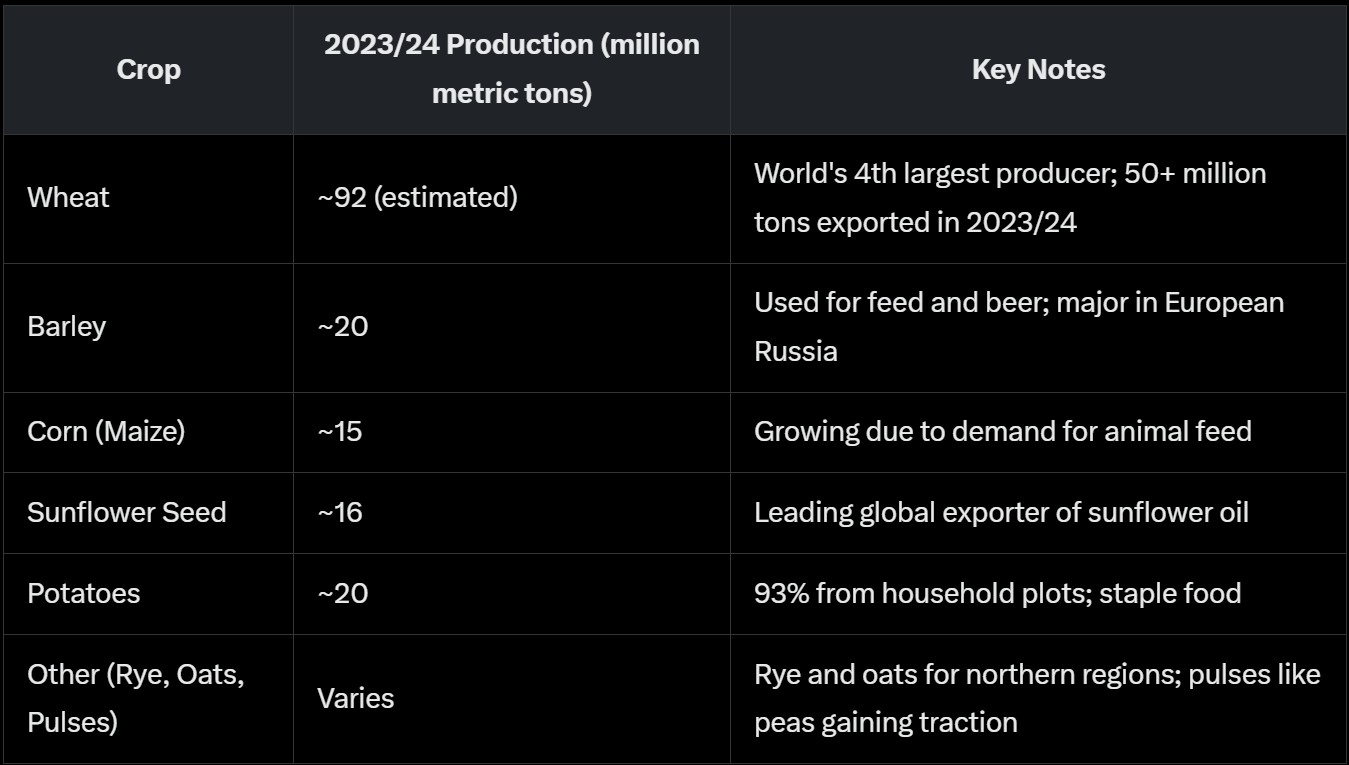
Livestock farming has surged post-2014, with self-sufficiency in poultry and pork. In 2023, meat production hit 12 million metric tons, led by poultry (largest in Europe) and pork from giants like Cherkizovo Group. Milk output reached 34 million metric tons, though dairy faces feed cost pressures. Beef lags, with growth projected at 1.8% for 2025. Household plots still produce 51% of milk and 54% of meat, underscoring small-scale resilience.
Economic Significance and Statistics
Agriculture generated 8.3 trillion Russian rubles (~$85 billion) in value in 2023, down slightly from 2022 peaks. Exports hit record highs in 2023/24, with wheat alone at 51 million metric tons, targeting $45 billion by 2024 (extended goals into 2025). The sector's value added rose from $45.9 billion in 2000 to $66.2 billion in 2019, with productivity per worker tripling to $16,500. However, 2024 saw a 3.2% production dip to 125 million tons of grains due to weather, contrasting 2023's 153 million-ton record. For 2025, the Ministry of Agriculture forecasts 4.4% growth, with crop output up 6.6% and livestock 1.8%, aiming for 135 million tons total grains. GDP from agriculture fell to 663.4 billion rubles in Q1 2025, seasonal but signaling caution.
Challenges Facing Russian Farmers
2025 has exposed vulnerabilities. Droughts slashed wheat yields by 11%, corn by 27%, and oats by 12%, per USDA forecasts, marking the worst harvest in 17 years. Sanctions limit access to high-yield seeds (quotas cut since 2022) and machinery, forcing reliance on domestic alternatives 20-30% less efficient. Labor shortages, worsened by the Ukraine conflict and migration, hit seasonal work hard. Credit costs doubled, equipment sales dropped 32%, and inflation spiked dairy prices 14-34%. Rural depopulation persists—721 villages vanished between 2017-2019—with small farms squeezed by biased subsidies favoring agro-holdings like Miratorg. Geopolitical tensions, including EU tariffs from July 2024, further erode markets.
Government Policies and Support
The Kremlin views agriculture as a "silent weapon" for food security and leverage. The 2030 Strategy emphasizes import substitution in seeds/genetics, export promotion, and sustained funding at 2020 levels. Subsidies cover loans, equipment localization (target: 80% domestic by 2030), and tariffs suspensions on imports like butter until mid-2025. Post-2014 countersanctions boosted self-sufficiency to 77% for grains. In 2025, measures include regulatory exemptions for occupied Ukrainian grain sales and calls for M&A in seized foreign assets (e.g., Danone, PepsiCo). Yet, critics argue state favoritism stifles smallholders and inflates prices.
Innovations and Future Outlook
Russia is pivoting to Agriculture 4.0: precision tools like GPS, drones, and satellite monitoring (e.g., Farmonaut) optimize yields and sustainability. AI, IoT, and blockchain enhance supply chains, while electric machinery incentives align with carbon neutrality goals. Climate-smart practices—closed urban farming, waste recycling—address emissions. Opportunities abound: Siberia's thawing soils could expand cropland, and exports to Africa/Asia (e.g., 25,000-ton wheat donations) build alliances. By 2030, tripling equipment output and 12-fold export growth are targeted. Challenges like seed quality and labor persist, but with $3 billion in annual machinery markets and foreign investments (e.g., Cargill), Russia could solidify its role as a breadbasket powerhouse.
Conclusion
Farming in Russia embodies resilience amid adversity—vast lands fueling global staples, yet tested by weather, sanctions, and economics. As 2025 unfolds with projected rebounds, the sector's trajectory hinges on innovation, equitable support, and adaptive policies. Balancing export ambitions with domestic needs, Russian agriculture not only sustains a nation but shapes worldwide food dynamics, proving that in the face of extremes, strategic cultivation yields enduring strength.




